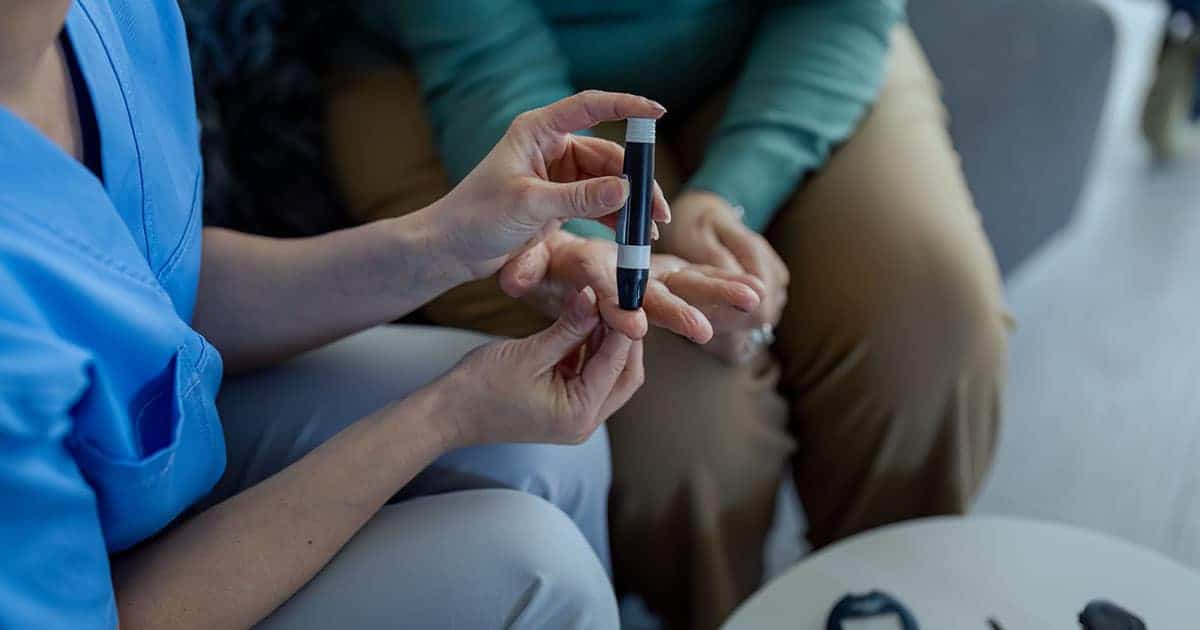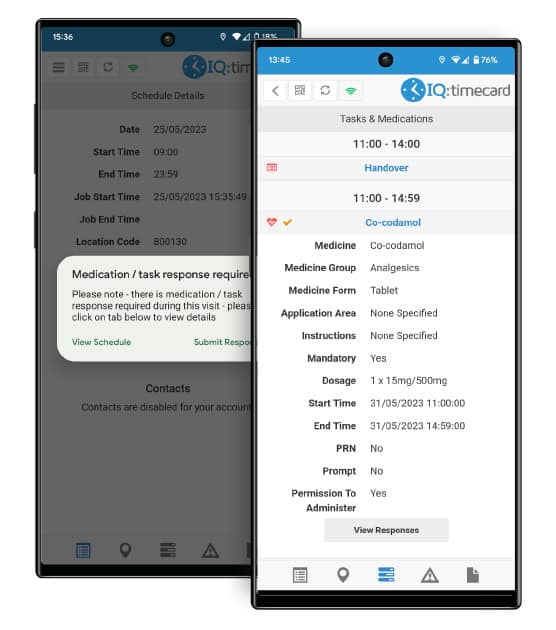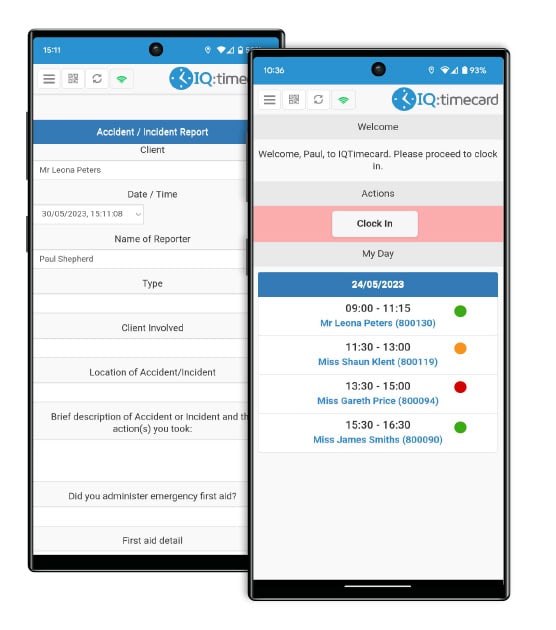
Managing risk and protecting clients in the home care sector
Managing risk is one of the most important responsibilities a home care worker faces when looking after the health and well-being of their clients.
And because every client is different, the risks clients and carers face can vary from visit to visit.
Primarily, when discussing risk, home care providers must consider – medications, client tasks, ongoing and emerging needs, allergies and disabilities, and accidents and incidents.
Managing all of these factors can be a difficult balancing act, but home care software can help.
How care management software can help with the safe management of medications
To ensure that clients are safe and protected, carers need to be aware of the risks and needs of every individual they visit. However, it is impractical for carers to memorise all this information, and it is unreasonable to expect them to spend excessive hours studying paper care plans before starting their shifts.
Care management software can help lighten the burden on carers by providing them with the information they need via an easy-to-use and simple carer app in the palm of their hands.
A carer app can assist risk management by helping carers with:
- Clear instructions and reminders to help them meet the needs of clients
- An easy way to record notes and task completion
- Providing feedback and personal insight to the wider care team
More accurate medication recording with fewer errors
Home care providers used to document clients’ medication needs on paper MAR sheets, however, manual errors, time-consuming forms, a lack of real-time information, and limited accessibility to others, could often leave clients at risk.

To address these issues, using electronic medication administration systems (eMAR) in care management technology automates and enhances the recording and tracking of medication administration, increasing safety and reducing risk.
Accessed during a visit via a mobile care app, care professionals can view information about the medications a client may require during a visit, read medication instructions and record administration.
Buts that’s not all. eMAR care technology also allows nuanced delivery instructions such as:
- Setting medications to mandatory
- Setting medications to be given ‘as needed by the client
- Instructing carers to prompt clients to take medications
- Instructing carers on how to apply medications
As well as medication instructions, the carer app automatically produces digital MAR charts as medications are administered, and provides alerts to care, managers, if and when medications are missed.
Mandatory tasks, medications and notes to ensure critical care needs are delivered
During a care visit, medications and tasks can be designated as mandatory. If a mandatory medication or task remains incomplete, the caregiver is unable to clock out. In such cases, the caregiver receives an in-app notification specifying the outstanding requirement that needs to be addressed before concluding the visit. Simultaneously, an alert is also sent to the office to ensure awareness of the situation.
In addition, the requirement to add a note can be added to any task or medication job. This lets a carer explain why they did or didn’t do a particular task – which can then be reviewed by a care manager to ensure any issues or followed up and a client’s care needs are fulfilled.

Understanding client criticality
As care businesses grow it can be helpful to have a clear overview of client criticality levels. This ensures managers can quickly identify client risk and decide how resources should be distributed. RAG status flags (red, amber and green) provide a visual indicator to highlight the client’s current criticality. This can be changed if a client’s condition worsens or gets better – ensuring that carers are always aware of current risk levels.
And while Red, Amber and Green are the most common RAG indicators, IQ:caremanager lets you customise the colour palette and create as many levels of criticality as your business requires.
Some of our partners use status indicators to:
🚦 Identify a client’s criticality or risk
🚦 Highlight the complexity of care
🚦 Show Covid-19 vulnerability
🚦 Indicate contract ‘type’
Responding quickly to accidents and incidents
Vulnerable clients may be at greater risk of having an accident. So when this happens, carers need a fast and efficient way to report issues to management. Accident & incident forms are available directly via the care app, allowing the carer to fill out a digital form quickly – ensuring that management teams can respond effectively.
Once filled out, it automatically sends a notification to the office for review and creates an auditable process for the management team to draw up actions to respond to the incident. This makes it easy to monitor, learn and improve from the challenges they face.
Known as ‘Outcomes’ these actions help care organisations stay on top of accidents and incidents within the business and help to improve service delivery – while showing a commitment to continuous improvement.
Want to know more about how IQ:caremanager can help improve care delivery? Head over to our Deliver page.